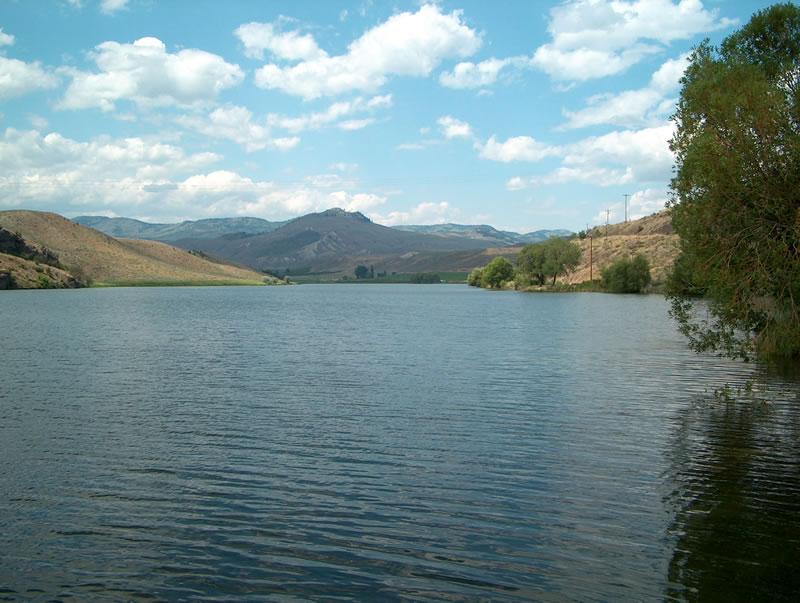Located five miles northwest of Tonasket on Loomis-Oroville Highway. A trophy largemouth bass fishery has been established for several decades. Bluegills are generally small (4 inches), but there are bass in the 2-7 lb range. Catfish have been stocked periodically as funding is available. There is a WDFW access site with concrete boat launch and dock.
Two-pole fishing is allowed
Good for ice fishing
Shoreline access: Good - Good shore access along highway that parallels the lake
Species you might catch
Lake information
County: Okanogan
Acreage: 147.20 ac.
Elevation: 1264 ft.
Center: 48.788793, -119.469055
Open in Google Maps
Catchable fish plants
| Stock Date | Species | Number Released | Number of Fish Per Pound | Facility |
|---|---|---|---|---|
Visit the Catchable Trout Plants page for a more detailed search of trout plants in this or other bodies of water. To view or download the source data for this table visit the WDFW Fish Plants dataset on the Washington State Open Data Portal
Fishing prospects calendar
Largemouth bass
Yellow perch
Black crappie
Bluegill
Pumpkinseed Sunfish
Channel catfish
Photos
